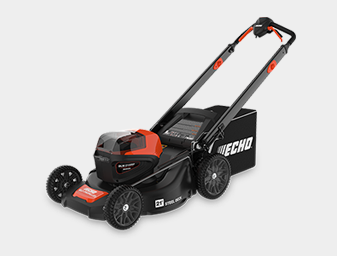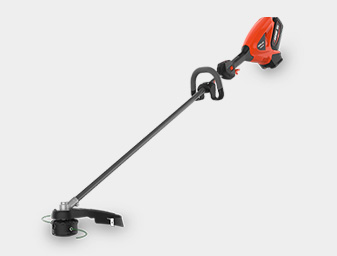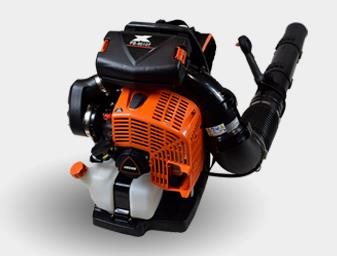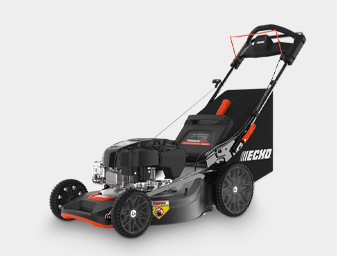FEATURED PRODUCTS
MORE POWER. MORE PRODUCTIVITY.
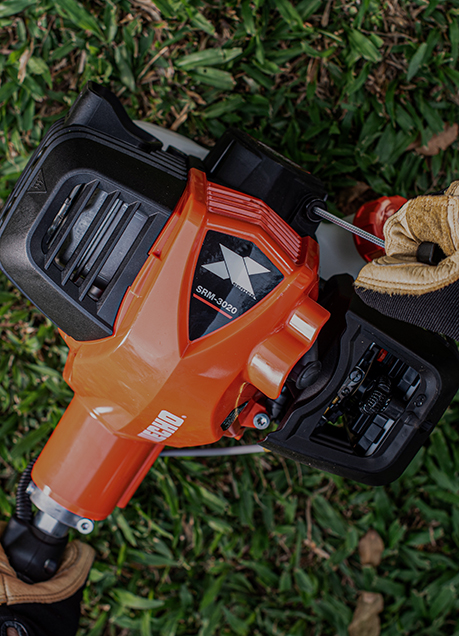
ECHO X SERIES
POWERFUL. LIGHTWEIGHT. PRODUCTIVE.
ECHO’s X Series provides best-in-class products to professional landscapers looking to tackle the toughest jobs
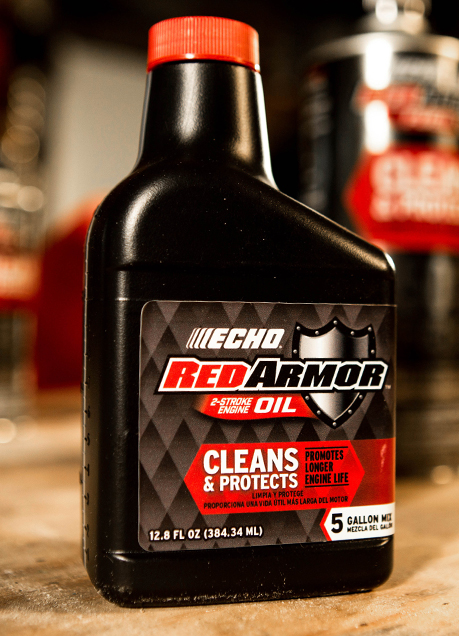
RED ARMOR®
PERFORMANCE ABOVE ALL™
Designed exclusively for ECHO, Red Armor best-in-class solutions deliver the ultimate performance package for you and your outdoor power equipment.
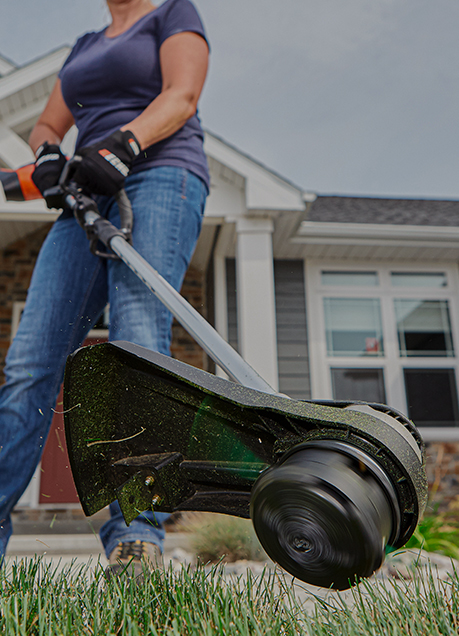
ECHO BATTERY SYSTEM
POWERFUL. RELIABLE. EASY TO USE.
Reduced noise. Environmentally friendly. Amazing ECHO power. The ECHO Battery System offers versatile, flexible power when you need it.
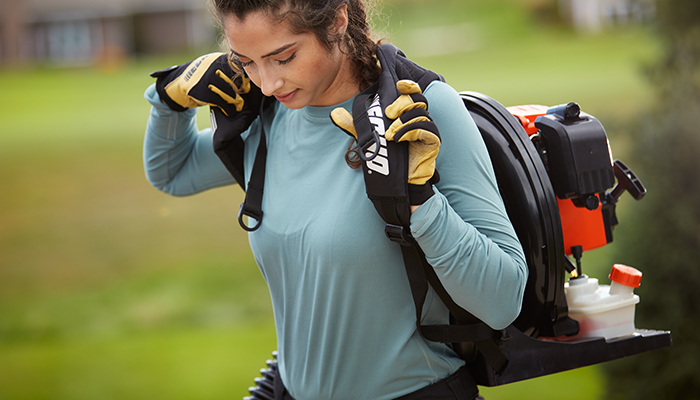
Explore the Latest ECHO Promotions and Sales Events
Looking to save on professional-grade Outdoor Power Equipment?
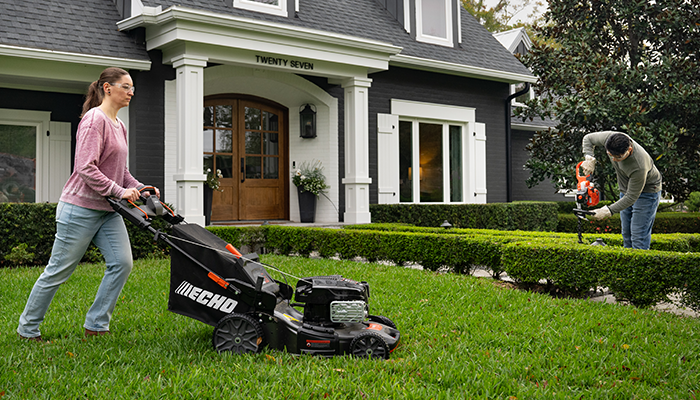
DISCOVER TOOLS, TIPS AND PRO RESOURCES FROM ECHO
From product guides to pro insights, the ECHO Resource Library has everything you need to work smarter, and stay ahead.

